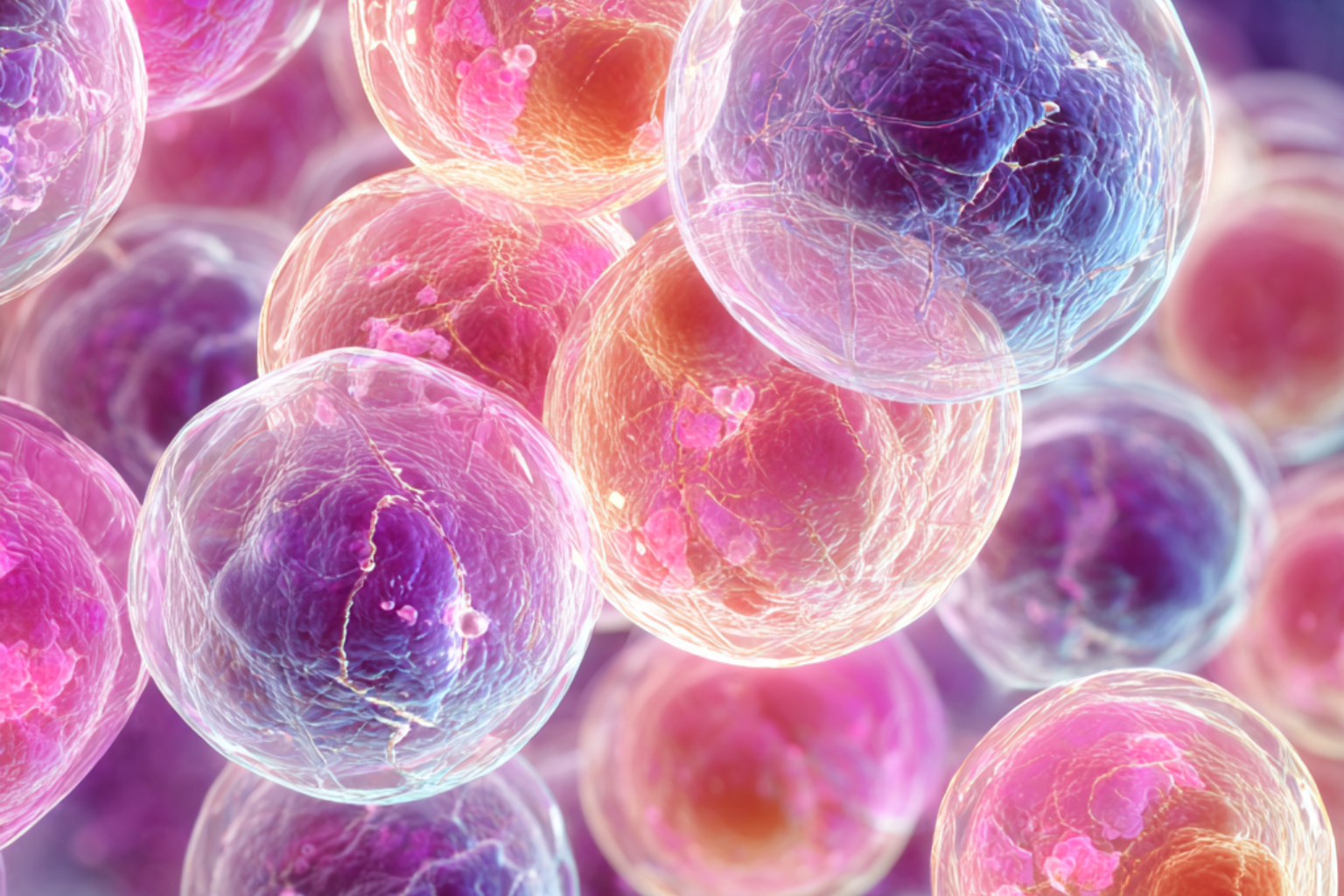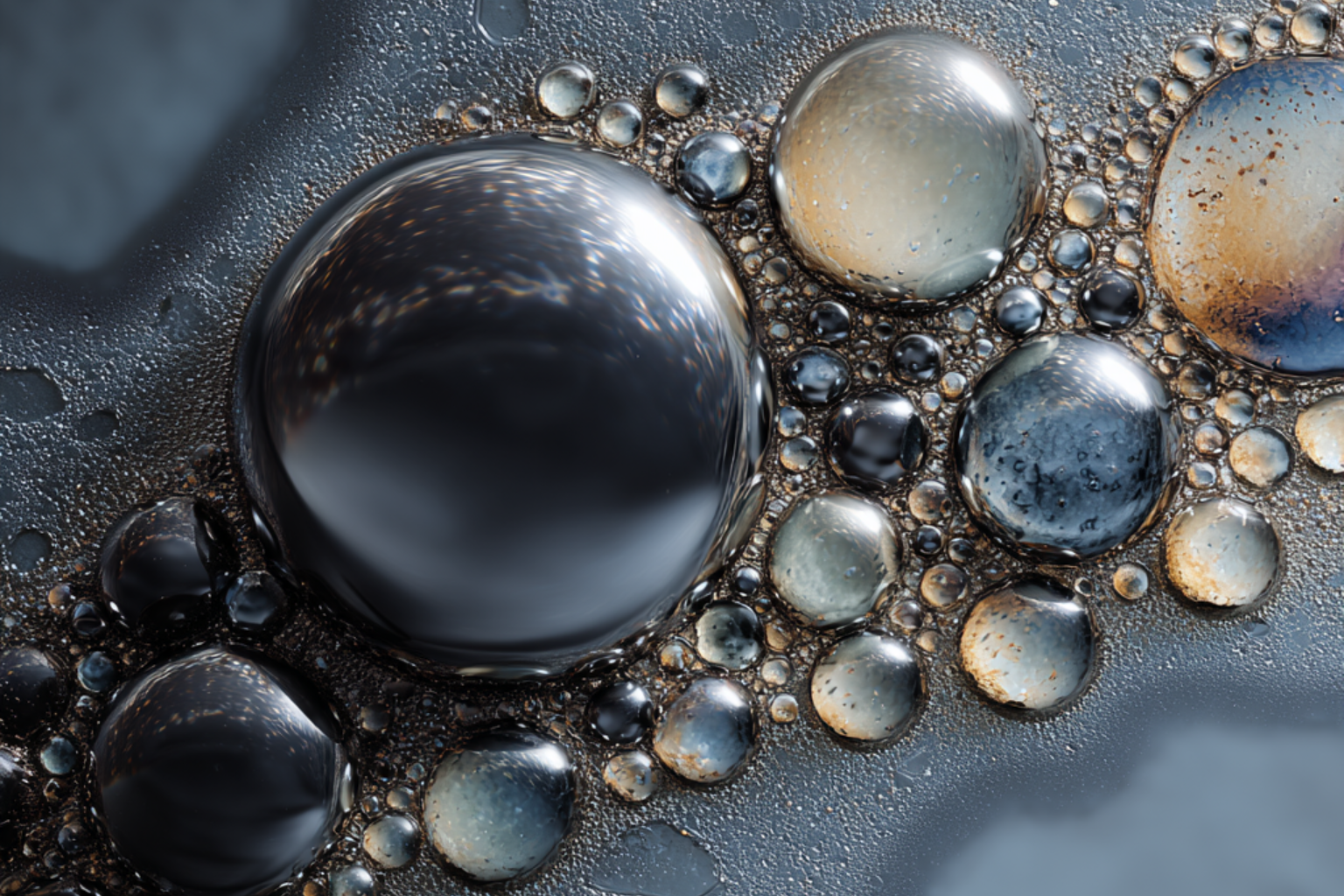What is Lead?
Lead is a toxic heavy metal found naturally in the earth’s crust but hazardous to human health when ingested. Unlike many other contaminants, lead is not typically present in water sources themselves — instead, it leaches into drinking water from pipes, plumbing fixtures, and household infrastructure.
It is considered one of the most dangerous contaminants in tap water worldwide, as there is no safe level of lead exposure according to the World Health Organization (WHO) and health agencies such as the U.S. Centers for Disease Control (CDC) and the UK’s Drinking Water Inspectorate (DWI).
What health effects does Lead have?
Lead exposure can affect people of all ages, but it is especially harmful to children, infants, and pregnant women. The effects are often permanent and can worsen over time because lead accumulates in the body.
Proven health risks of lead in drinking water include:
-
Children & infants
-
Reduced IQ and impaired learning ability
-
Behavioral and attention problems
-
Hearing difficulties
-
Delayed growth and development
-
Permanent neurological damage
-
-
Pregnant women & unborn babies
-
Lead crosses the placental barrier
-
Can cause reduced fetal growth, premature birth, and developmental disorders
-
-
Adults
-
High blood pressure and kidney damage
-
Reproductive problems (fertility issues in both men and women)
-
Anemia, muscle weakness, and memory loss
-
Increased risk of cardiovascular disease
-
Possible carcinogenic effects (classified as “probably carcinogenic” for inorganic lead by the International Agency for Research on Cancer)
-
Because the nervous system is still developing, children are the most at risk of irreversible harm even at very low levels of exposure.
How does Lead get into tap water?
Lead typically enters tap water through corrosion of pipes and plumbing materials rather than from the source water itself. Common sources include:
-
Lead service lines – older water mains and pipes (common in homes built before the 1980s).
-
Household plumbing – solder, brass fixtures, or faucets containing lead.
-
Corrosion – acidic or “soft” water can accelerate the release of lead from pipes.
Factors that influence contamination include water temperature, the age of the pipes, water chemistry, and how long water has been sitting in the plumbing before use.
Even in countries where lead service pipes have been phased out, older homes may still have fixtures or connections that leach lead. For example:
-
In the US, an estimated 9 million homes still have lead service lines.
-
In the UK and Europe, many properties built before the 1970s may still contain lead plumbing.
-
In Australia, lead contamination has been linked to brass fittings and plumbing products rather than widespread lead service lines.
Who is most at risk from Lead in water?
-
Children under 6 years old – most vulnerable to developmental and neurological damage.
-
Pregnant women – exposure risks harm to both mother and unborn child.
-
Communities with older housing – homes with pre-1980s plumbing are most likely to contain lead fixtures.
-
Low-income households – families in older rental properties or disadvantaged areas are more likely to be affected.
How to avoid/remove Lead from tap water
Unfortunately, lead cannot be removed by boiling water, and basic filters are ineffective. The only effective solutions are:
-
Replacing lead pipes and fixtures – the permanent solution, though expensive and slow.
-
Using advanced water filtration – the most immediate and practical way to protect your household.
At PuraHome, our advanced multi-stage filters are independently tested to reduce lead contamination, along with hundreds of other toxic contaminants.
Unlike standard filters, PuraHome’s technology is specifically engineered to capture heavy metals like lead, while still preserving beneficial minerals such as calcium and potassium, ensuring healthy hydration whilst reducing exposure.
Bottom line: Lead is one of the most dangerous contaminants in tap water — and no amount is safe. Since it enters water through plumbing, you cannot rely on the taste, smell, or appearance of your tap water to detect it. The only way to ensure your family is protected is by using proven, advanced filtration designed to remove toxic heavy metals.





Leave a comment
This site is protected by hCaptcha and the hCaptcha Privacy Policy and Terms of Service apply.